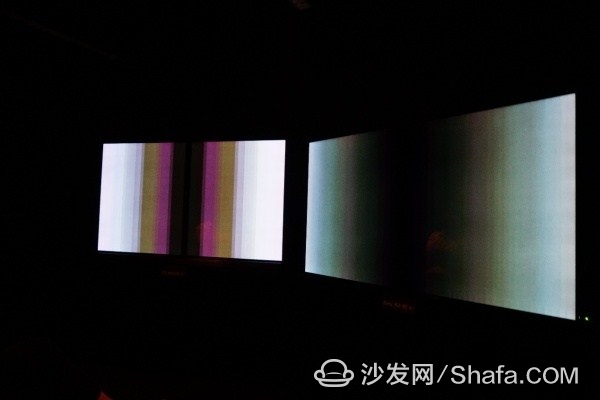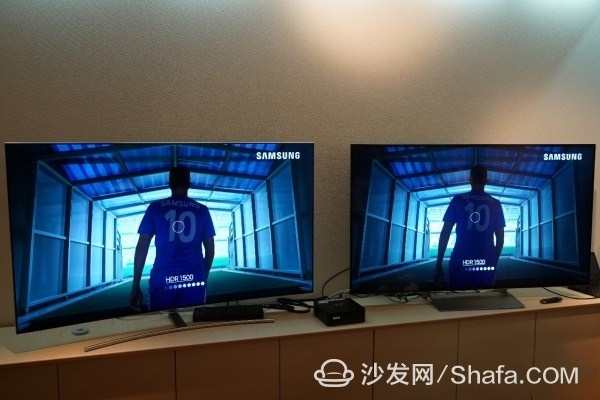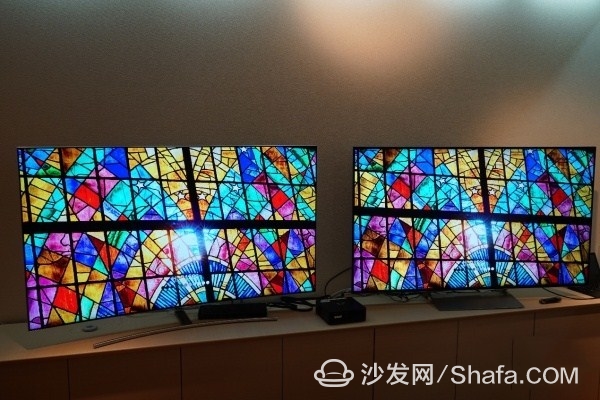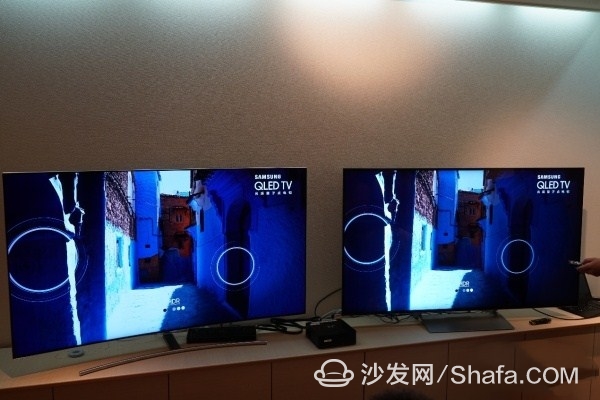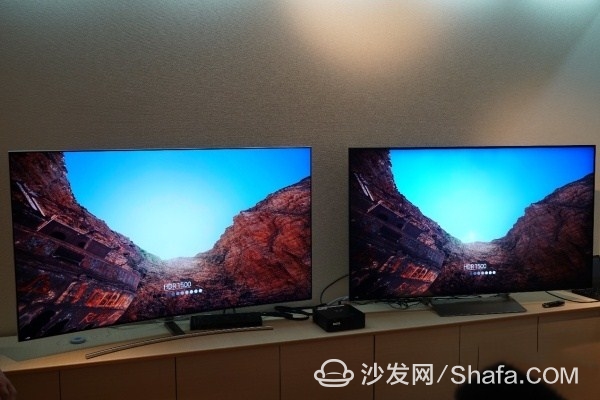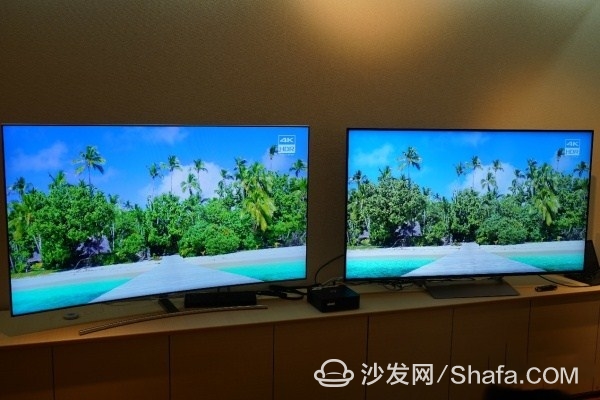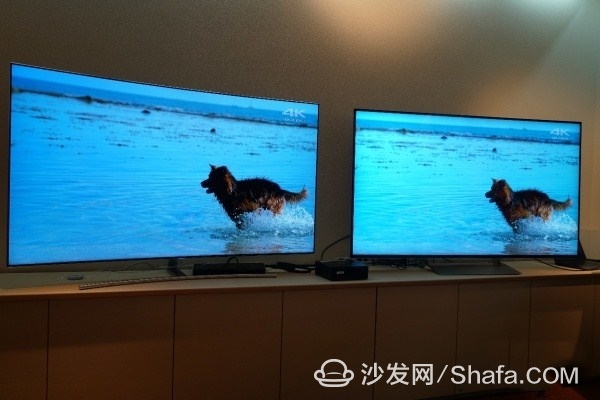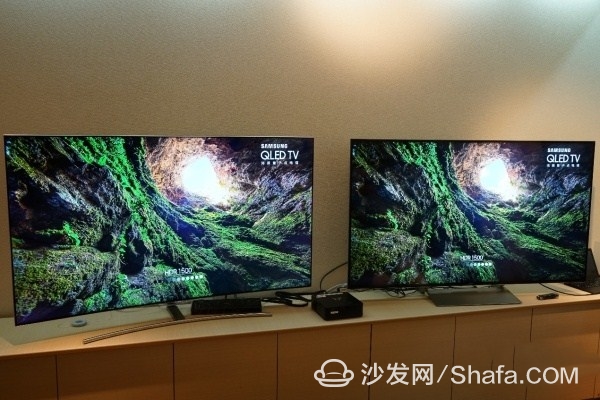Previously, I mentioned that starting from 2017, the Sony A1 OLED has undoubtedly become the benchmark for the television industry. When the Consumer Electronics Show (CES) kicked off in Las Vegas earlier this year, it garnered significant media attention. Recently, it also earned the highest honor, the "Best of the Best" award at the Red Dot Design Awards. It’s no surprise that the 77-inch A1 was sold out within just a week. Reports indicate that Wang Sicong personally used his 100-inch Z9D, while Hao reportedly spent 150,000 yuan to buy the new A1 for the IG esports team. Within just over 60 days of its release, the A1 captured more than 30% of China's OLED TV market share in the first half of the year. Even at twice the average selling price of similar products in the market, it achieved impressive sales figures.
Sony A1 product designer
Warren Buffett once said: "Fear when others are greedy, and be greedy when others fear." While this quote might not necessarily imply greed on Sony's part, it does reflect the current state of fear in the Chinese TV market this year. In the first half of the year, the color TV market dropped by nearly 10 percentage points year-over-year, whereas Sony TVs experienced a 30 percentage point year-over-year growth. Sony believes that Chinese consumers are particularly drawn to larger screens, finding 65-inch TVs insufficient for their demands. Instead, they prefer 75-77 inch screens, which better cater to the needs of affluent middle-class consumers. Sony's success in maintaining its position in the high-end consumer market can largely be attributed to the technological aesthetic design and the near-perfect audio and visual experience offered by the Sony A1.
At Sony Japan's headquarters in Osaki, Tokyo, we saw the first commercial OLED display, the XEL-1, which was unveiled in 2007. This marked Sony's long-term exploration in the OLED field. With its independent stand design and OLED technology, the XEL-1 priced at $2,500 that year would equate to around the price of a current 65X9300E. The designer behind this groundbreaking model was Hiroaki Yokota, who also led the design of the A1.
After learning about this, Sony expressed immense satisfaction with the A1's design, stating that the "unity of sound and picture, completely natural" remains their ultimate goal. One of the biggest challenges during the design process was sound processing. Since the A1 is meant to be placed directly on a desk or the floor, traditional bottom-up reflection of sound would not work. Fortunately, the newly developed "Acoustic Surface Technology" addressed this issue. Another major challenge was the self-luminous nature of OLEDs, which led to larger power supply circuits and higher heat emissions, impacting both the thickness and picture quality of the screen. By cleverly placing components like circuit boards and subwoofers inside the frame, these issues were resolved.
Stability is another crucial factor for thin, large-screen TVs, especially for the newly launched 77-inch A1. To address potential instability, Sony enhanced the screen's stability using a sound unit bracket behind the screen, achieving a balance between functionality, aesthetics, and reliability. This unprecedented design innovation contributed significantly to the A1's positive market reception.
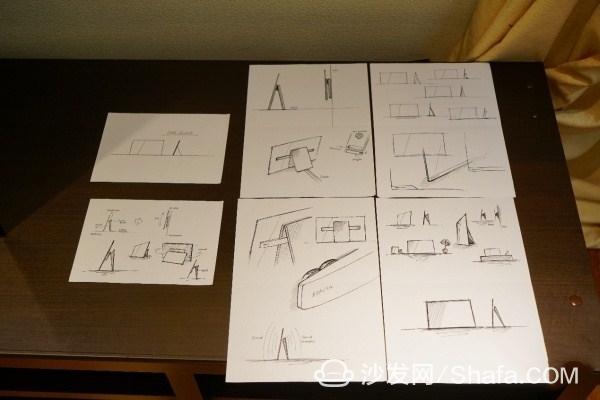
A1 design sketches
In fact, Sony had envisioned such a design concept many years ago. It wasn't until OLED and Acoustic Surface (screen sound field) technology were utilized that innovative design brought the designer's dream to life. Sony began researching the technical principles of the screen sound field as early as the XEL-1. After years of experimentation, the technology became highly refined. During the R&D process, three major challenges arose:
First, there was the risk of resonance caused by sound vibrations, which could lead to unwanted body vibrations, especially with bass frequencies. Second, there was the issue of sound quality, which Sony improved by adjusting audio characteristics and reducing reverberation. Third, the durability and stability of screen vibrations required careful consideration. To ensure optimal sound quality and stability, Sony transitioned from a single sound driver to a dual-driver design. Additionally, to prevent the TV picture from being affected, Sony focused on improving heat dissipation, multi-point contact, and DSP signal processing. Hundreds of trial experiments were conducted to solve the crosstalk problem between sound drivers on opposite sides of the screen. The advantage of this vocalization method is that it creates an immersive experience, offering a more perfect combination of sound and picture than traditional televisions. Even with your eyes closed, you can pinpoint the source of sound coming from the screen. This is entirely different from the traditional TV's audio horn channel experience.
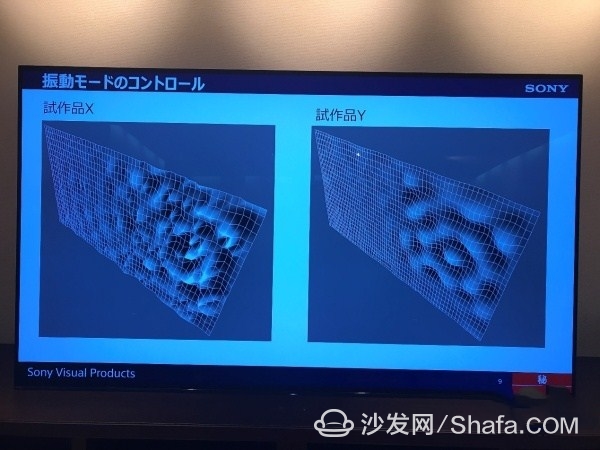
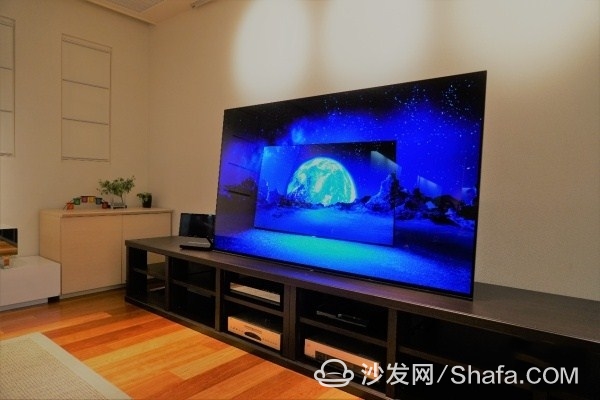
Left: Sony's first OLED display XEL-1 in 2007
Industrial design aside, Sony's achievements in image quality and image processing deserve mention. At the beginning of the year's CES, Sony announced that the A1 encapsulates virtually all of the most advanced display technologies of its TVs: the independently developed X1 Ultimate Image Processing Chip, equipped with "HDR Dynamic Item-by-Item Remodeling Technology," "Dual Image Database," and "4K HDR 14-bit Smooth Gradation" – these three core technologies. The X1 Ultimate Image Processing Chip detects various screen operations and optimizes image processing, allowing more details to be seen by the naked eye. The TerriColor technology it drives is even more advanced than ever before. It not only offers a broad color gamut but also enhances color saturation and precision, ensuring rich color layers.
The original color grayscale test screen shown on the right is the A1.
In fact, besides the display technology panel, the A1's picture quality skills are undeniable. In the liquid crystal field, the Z9D and 9300E remain unmatched. At least after experiencing it firsthand, my dilemma is whether to ultimately choose the Z9D or the A1. My conclusion is that if you're leaning towards a bigger screen, the actual purchase price of the 65Z9D is close to that of the 55A1, and the 75Z9D is comparable to the 65A1. On the other hand, if you’re more interested in the A1's near-perfect picture quality and the integration of sound and vision, then the A1 is the choice. After all, apart from quality and cutting-edge technology, the A1 is also a work of art. I intended to purchase the A1 regardless. What about you?
Finally, here are a few images of the 9300E's flagship QLED QD TV (all in the official standard mode).
Pay attention to pitch details
Pay attention to the details of the central sun
Attention to detail in the blue sky and white clouds
For more information on smart TVs and boxes, check out the influential website Sofa Butler (http://), which provides comprehensive information on smart TVs, TV boxes, smart TV software, and answers any related questions.
High Frequency Power Supply
I. Definition and overview
A high-frequency UPS is an Uninterruptible Power Supply (UPS) technology. It uses the high-frequency switching power supply technology to convert the input AC power into high-frequency AC power through the inverter and then converts the input AC power into stable direct current (DC) power for electronic devices. High frequency UPS plays an important role in modern power supply system because of its efficient conversion rate, small size design and fast response ability.
Two, the main characteristics
Efficient conversion rate:
High frequency UPS adopts a new IGBT (insulated gate bipolar transistor) inverter technology, and its conversion efficiency can reach more than 90%, which is much higher than the traditional low-frequency UPS, effectively reducing energy loss and improving the use efficiency. (Source: Shunqi network enterprise yellow pages and supply and demand information release platform)
Small volume design:
Because high-frequency UPS uses a more compact design, its volume is significantly smaller than low-frequency UPS, and its footprint is smaller, which is very suitable for use in space-limited environments, such as data centers and computer rooms. (source ibid.)
High power density:
The power density of high-frequency UPS is large, and it can provide greater power output in a small volume, improving the capacity and power supply efficiency of the equipment.
Quick response:
The high frequency UPS has a fast response capability and can provide stable power for the device immediately when the power supply of the grid is interrupted, ensuring that the continuous operation of the device is not affected.
Intelligent management:
Many high-frequency UPS are equipped with advanced intelligent management systems, which can monitor the status of power supply, battery status, load situation in real time, and have fault diagnosis, automatic switching, remote monitoring and other functions, improving the reliability and maintainability of the system.
High frequency Uninterrupted Power Supply,High frequency UPS system, High frequency online UPS
Foshan Keylewatt Technology Co., LTD , https://www.klwenergy.com




